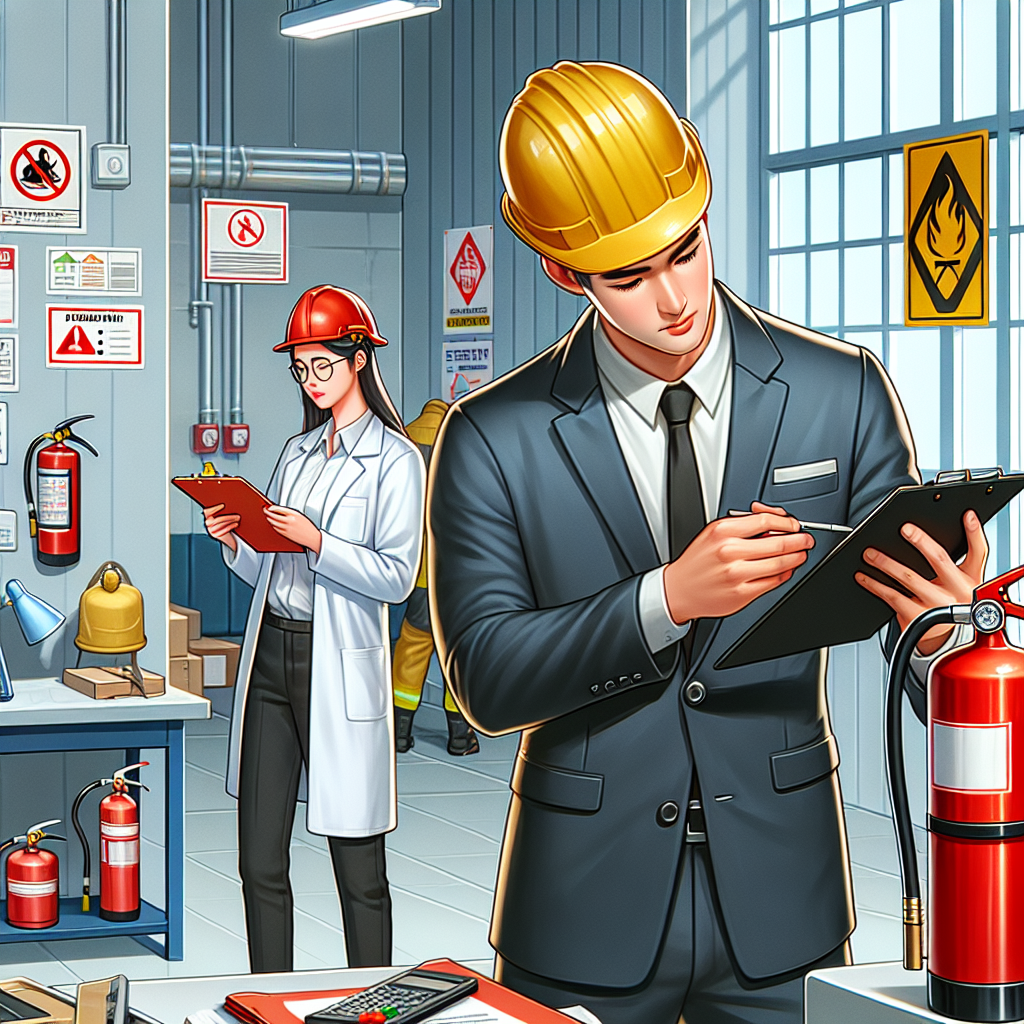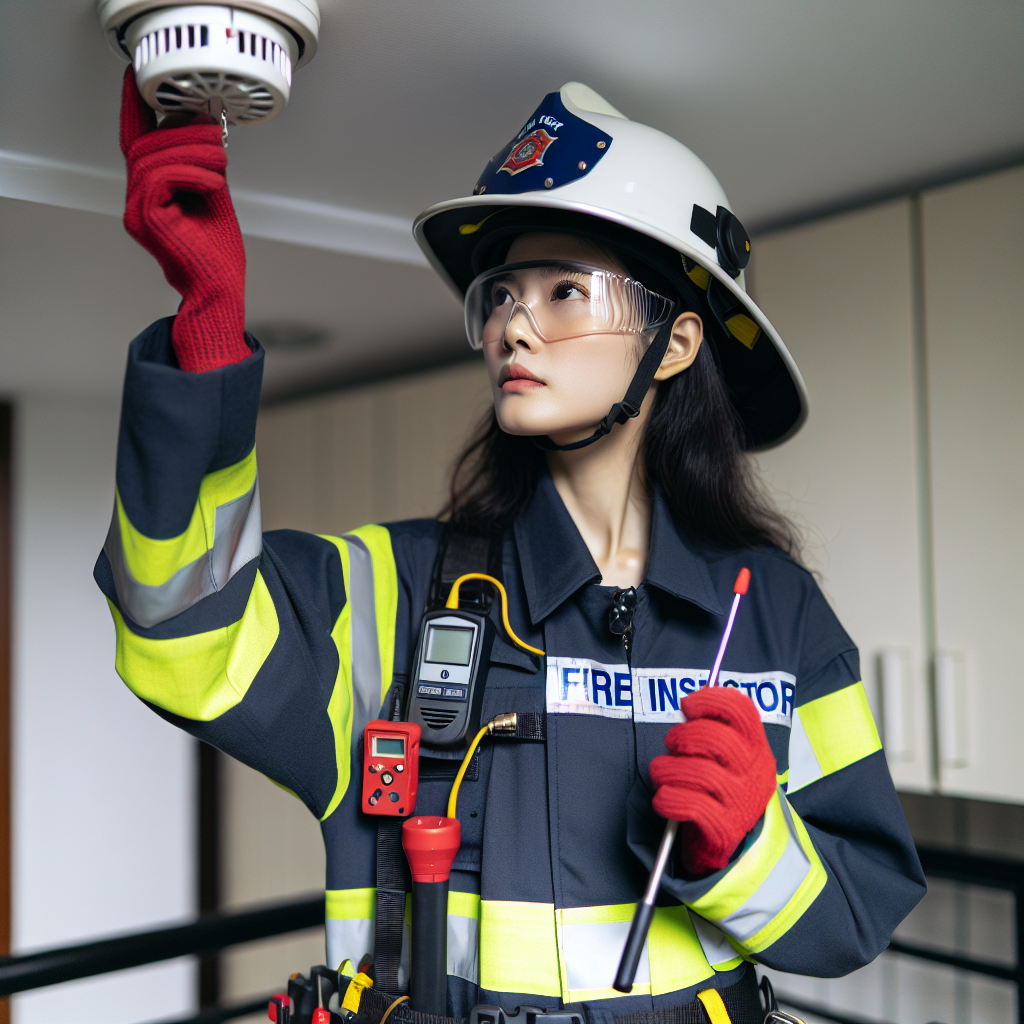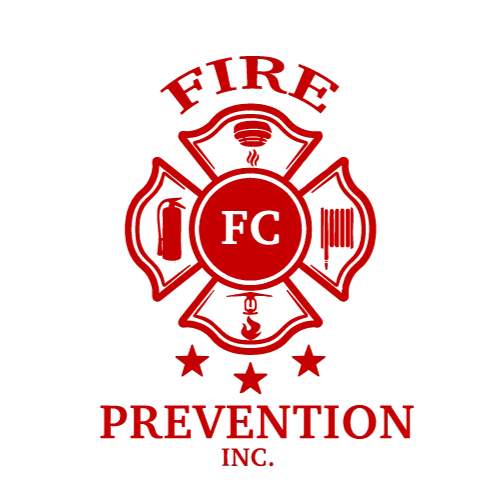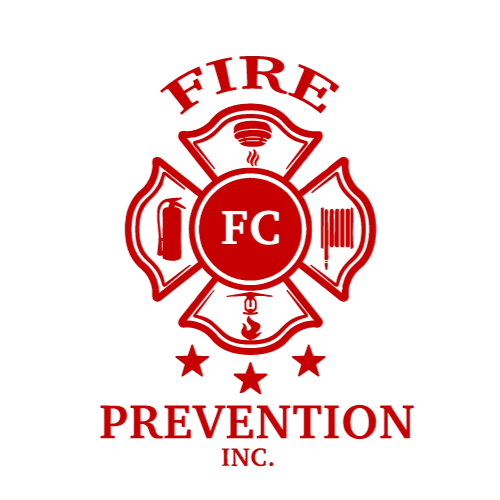Ensuring fire safety is paramount for any property, whether it’s a residential building, commercial establishment, or industrial facility. Annual fire inspections are crucial in maintaining safety standards and preventing potential fire hazards.
In this article, we will explore common issues found during fire safety inspections. We will also talk about why it is important to follow fire safety rules and what can happen if these checks are overlooked.
Understanding Fire Safety Inspections
Fire safety inspections are comprehensive inspections conducted to ensure that a property complies with local fire codes and safety regulations. These inspections are typically carried out by fire marshals or certified inspectors who assess various aspects of fire safety, including equipment, building design, and emergency protocols.
Why Annual Inspections Matter
Annual inspections are vital because they help to identify and mitigate potential fire hazards before they become significant threats. Regular inspections not only protect lives and property but also ensure compliance with legal requirements, thereby avoiding fines and potential legal consequences.

Common Issues Detected During Inspections
Despite the importance of fire safety inspections, many properties still fall short in meeting the necessary standards. Below are some of the most common issues identified during these evaluations:
Faulty or Inadequate Fire Alarms
One of the most critical components of fire safety is a properly functioning fire alarm system. Inspections often reveal alarms that are either not functioning correctly or are insufficient for the size of the building. Ensuring that alarms are operational and regularly tested is essential for early detection and warning in the event of a fire.
Blocked or Insufficient Exits
Fire exits are crucial for safe evacuation during emergencies. Inspections frequently uncover exits that are blocked by furniture, storage, or other obstructions. Additionally, some buildings may not have enough exits to accommodate the number of occupants, posing a serious safety risk.
Non-compliant Fire Extinguishers
Fire extinguishers are a first line of defense against small fires. However, many properties have extinguishers that are either expired, improperly mounted, or inaccessible. Annual inspections ensure that extinguishers are in good condition, appropriately placed, and easily reachable in case of an emergency.
Inadequate Emergency Lighting
In the event of a power outage during a fire, emergency lighting is crucial for guiding occupants to safety. Inspections often reveal inadequate or non-functioning emergency lighting systems, which can lead to confusion and panic during evacuations.
Obsolete Sprinkler Systems
Sprinkler systems play a vital role in controlling fires and minimizing damage. However, inspections may reveal systems that are outdated or improperly maintained. Regular testing and maintenance of sprinkler systems are necessary to ensure their effectiveness in an emergency.

The Impact of Neglecting Fire Safety Inspections
Neglecting fire safety inspections can have severe consequences, both legally and financially. Failing to comply with fire safety regulations can result in hefty fines, legal liabilities, and increased insurance premiums. More importantly, it puts the lives of occupants and the safety of the property at risk.
Legal and Financial Repercussions
Non-compliance with fire safety standards can lead to legal actions, including lawsuits and penalties. Moreover, insurance companies may refuse to cover damages caused by fires if it is determined that the property owner neglected necessary safety measures.
Risk to Life and Property
The most significant risk of neglecting fire safety inspections is the potential loss of life and property. Fires can spread rapidly, causing extensive damage and endangering the lives of occupants. Regular inspections help to identify and rectify issues that could exacerbate a fire emergency.
Preparing for an Annual Fire Inspection
To ensure a smooth and successful inspection, property owners should take proactive steps in preparation. Here are some essential tips to help you prepare:
Conduct a Self-Inspection
Before the official inspection, conduct a self-assessment of your property. Check fire alarms, extinguishers, exits, and emergency lighting to ensure they are in working order. Address any issues you identify to avoid potential violations during the official inspection.
Keep Documentation Ready
Maintain records of previous inspections, maintenance logs, and any upgrades or repairs made to your fire safety systems. Having this documentation ready will facilitate the inspection process and demonstrate your commitment to maintaining safety standards.
Train Occupants on Fire Safety Protocols
Ensure that all occupants are familiar with fire safety protocols, including evacuation routes and the proper use of fire safety equipment. Regular fire drills can help reinforce these protocols and prepare occupants for a real emergency.
Conclusion
Annual fire inspections are a critical component of maintaining a safe environment for everyone who occupies or visits a property. By addressing common issues and adhering to fire safety guidelines, property owners can protect lives, comply with legal requirements, and preserve their investments. Prioritizing fire safety is not only a legal obligation but also a moral one that ensures the well-being of all individuals involved.


Comments are closed